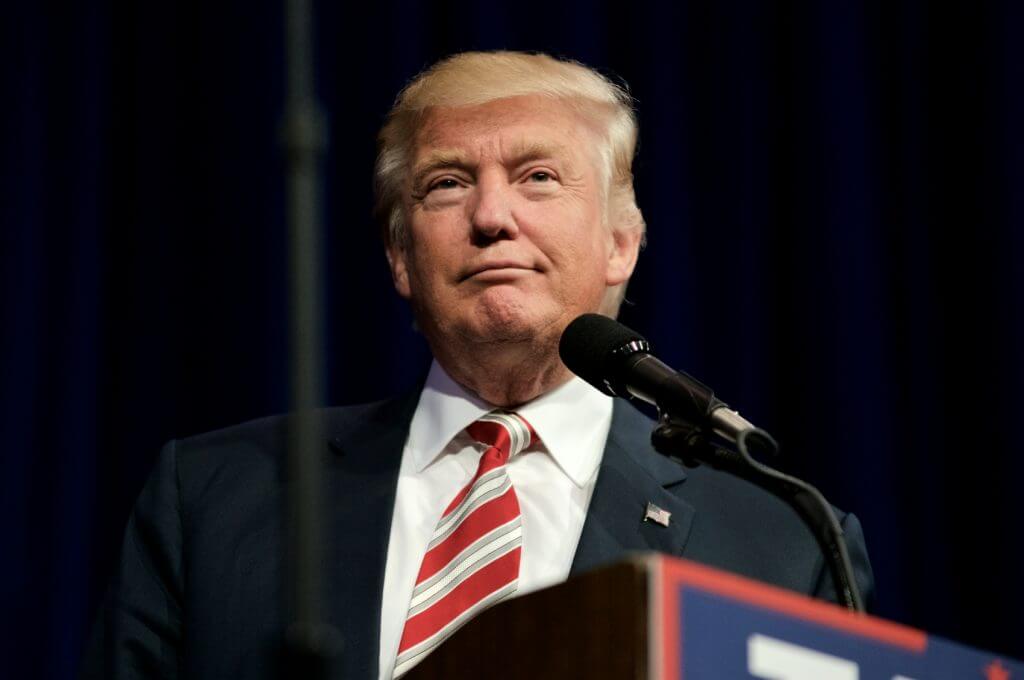Did Blockchain Price Trump In?

Donald Trump found support in Bitcoin investor and PayPal co-founder Peter Thiel.
Markets behaved in a manner much different after the election of Donald J. Trump than in the wake of Brexit, when a major selloff struck fear in the hearts of market people globally. Then things recovered quite nicely thereafter as markets had assumed it’d be awhile before Brexit transformations would be totally underway.
Markets fell overnight in the US as the election results became clear, but rebounded Wednesday, Thursday in the week and have not shown weakness thanks to positive news coming out a meeting between Donald J. Trump and Barack Obama, a smooth mainstream media appearance for the president-elect and other considerations, including dovish interactions with Russia.
Three separate blockchain technologies suggest the crypto-currency markets might have priced a Trump presidency in. The election did not carry implications for Bitcoin nor two blockchains explored by mainstream financial institutions, Ripple and Ethereum.
Bitcoin seemed to be an independent agent leading into the election. Its increase throughout 2016 came on the heels of safe haven buying out of Asian markets, particularly China, according to most reports. Let’s not let the crypto-currencies deflationary nature get lost in all this. In three more months, headlines will likely yet again read “Bitcoin was 2016’s best performing asset.” I should write a draft now. The Bitcoin price did decrease after the election. Sources like ZeroHedge suggest crypto-currency controls on Bitcoin might have led to this.
Both Ethereum and Ripple have been at the heart of much research and development led by some of the world’s largest financial institutions and multinational technology corporations. These two cryptocurrencies have had wildly different storylines in recent months. Ripple has flown under the radar and seemed to focus on research and development. Ethereum’s been all over the place, with marketing efforts all over the place, yet serious coding shortcomings.
Ripple chart courtesy of Poloniex:

As you can see, all the action for Ripple this quarter came at end of September and October was volatile. That volatility decreased leading into November and maintained through the election.
Ethereum is different. As mentioned some bugs and that $65 million DAO hack (nbd) have hurt it. However, the election didn’t lead to any notable price changes suggesting the election played a role.

The native currencies (XRP for Ripple and ether or Ethereum) were pretty much unmoved, suggesting the election of Mr. Trump portends ‘business as usual’ politically and economically or that these markets are virtually independent agents. Or maybe I’m missing something. Let me know in the comments.
Images from Shutterstock. Charts from Poloniex.